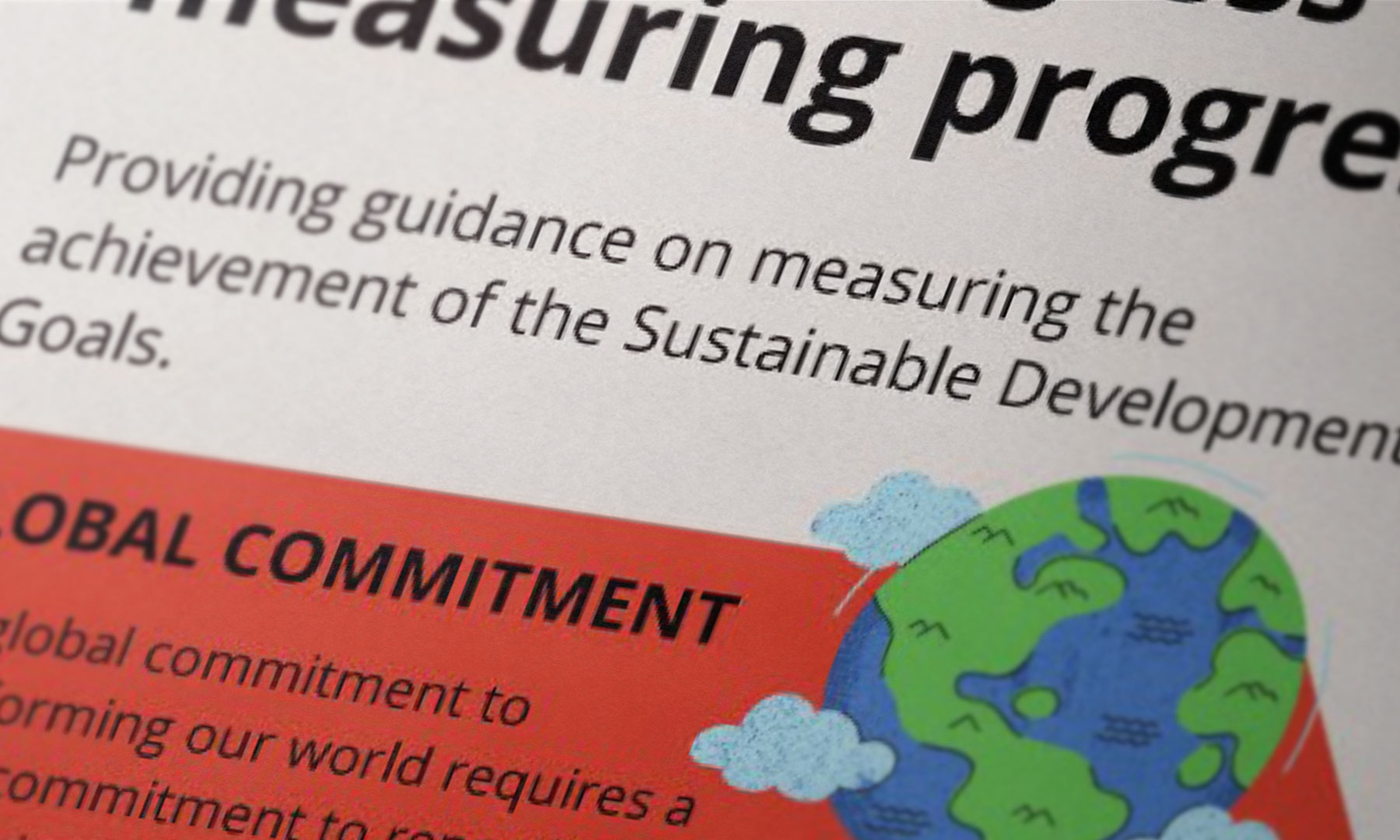
The 2030 Agenda for Sustainable Development calls for the participation of all Member States of the United Nations in providing national statistics to measure progress towards the 17 Sustainable Development Goals, emphasizing that official statistics and data from the national statistical systems constitute the basis for the SDG global indicator framework. Targets 17.17 and 17.18 focus on promoting partnerships in statistics and building statistical capacity.
Much has been achieved since 2015, when the goals were first established, in the ability to measure progress towards the SDGs. The first list of global SDG indicators was approved by the United Nations Statistical Commission in March 2016. At that time, internationally agreed methodologies existed for about 60 per cent of the 232 global indicators. For about 35 per cent of indicators, data was widely available (but not for all countries) and for 25 per cent of indicators, data was available in less than half of the countries. The remaining 40 per cent of indicators were new. There were not yet (agreed) methodologies to calculate them and consequently, no data available. By the end of 2020, agreed methodologies were developed for all indicators. By the end of 2022, data were widely available for almost two thirds of SDG indicators.
After the SDGs were established, countries started to set up websites and dashboards to provide information on progress towards SDGs. The UNECE Road map on statistics for SDGs recommends setting up a National Reporting Platform (NRP), or a similar web platform to provide access to SDG indicators through a single entry point. This requires strong national coordination, as the data for SDG indicators in countries is provided by many different agencies, a number of which are outside the national statistical system. It requires a special
effort from national statistical offices to establish and coordinate regular mechanisms for all involved agencies to provide the data. There has been steady progress in this area. While in 2015 no country had such a platform, in 2022, 47 out of the 56 UNECE member States have an NRP or a similar web platform (links to national NRPs are available on the UNECE knowledge hub).

While global SDG indicators are aimed at measuring the overall progress towards SDGs in the whole world, more targeted indicators may be needed to focus on issues that are of relevance in the regional or national context. Therefore, some regional organizations are using additional indicators to assess progress in their region, and many countries have set up national SDG indicators. Complementary national indicators based on country-specific challenges and priorities enable different actors (government, academia, private sector, NGOs and civil society) to find out where and how they can contribute most in terms of the SDGs. Currently 40 UNECE member States have established national indicators. Country-specific SDG data sets can also be
an asset in the preparation of Voluntary National Reviews, allowing countries to conduct a comprehensive assessment of progress, achievements and specific challenges faced at the country level. At the same time, this increases the amount of data needed, especially with the required level of detail to ensure that nobody is left behind.
Availability of data is still a big challenge. While the scope of data in the Global SDG Database has increased in recent years, coverage remains weak in many areas. Sufficient national data to track change over time are available for 156 (63 per cent) of the 247 global monitoring indicators and for 115 (68 per cent) of the 169 targets.
One of the reasons for insufficient data availability is that in only a very few countries have additional resources been given to national statistical offices to work on SDG indicators. This work is often done as an additional task using existing resources. Often there are more urgent priorities on which to provide data, such as Covid-19, the rapidly rising cost-of-living and unsure security situation. Therefore, progress is slow and hardly any country can provide data on all SDG indicators. Nine UNECE member States still do not have a web platform with SDG data.
If the increase in the availability of global SDG indicators continues at the same pace as was seen from 2015 to 2022, all indicators will be available in only half of all countries globally by 2026 or 2027. Midway through the SDG journey, there is still time to accelerate this pace of improvement.